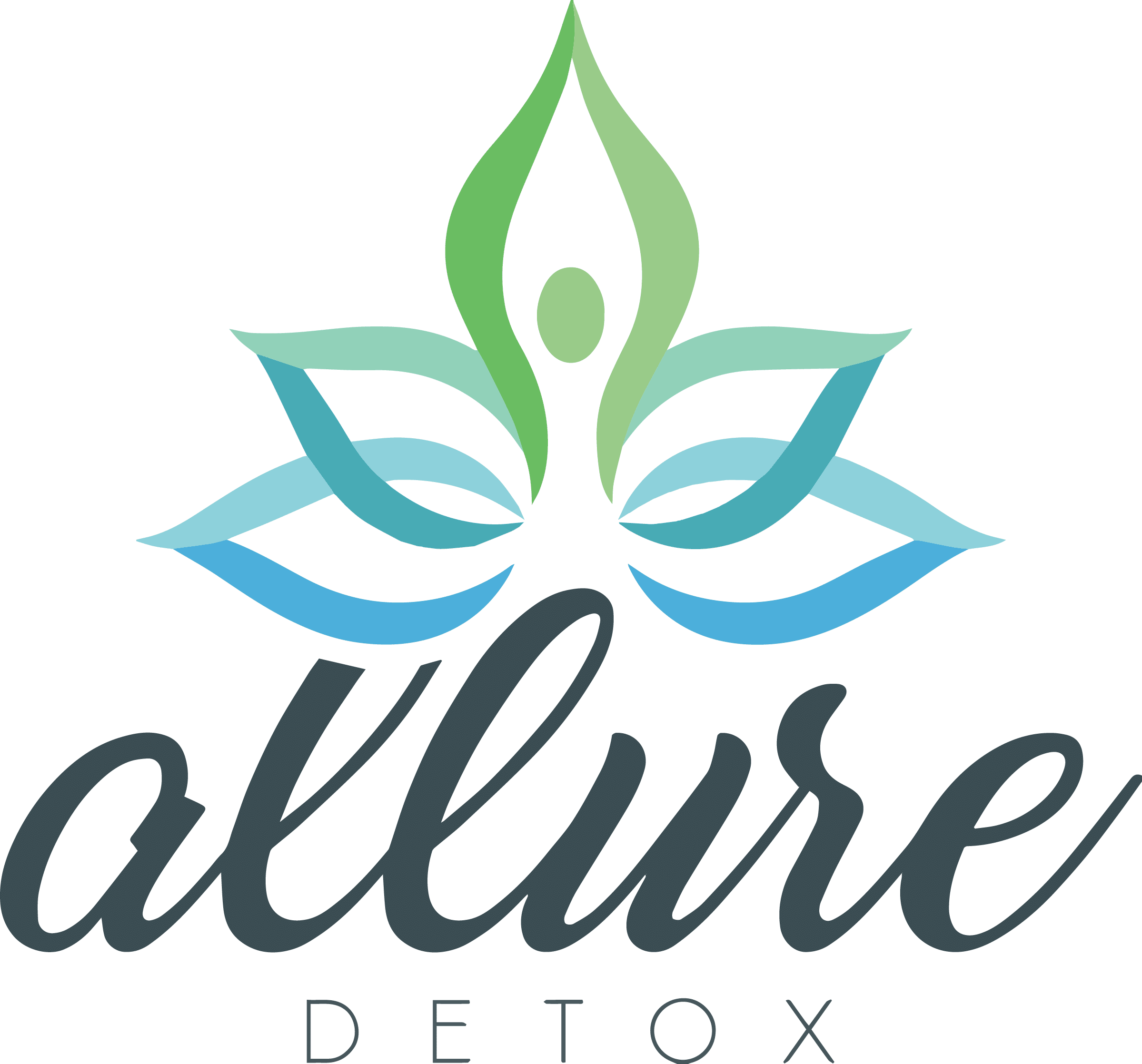Table of Contents
- 1 DUAL-DIAGNOSIS TREATMENT: AN INTEGRATED APPROACH FOR ADDICTION TREATMENT
- 2 UNDERSTANDING THE CONCEPT OF DUAL DIAGNOSIS
- 3 WHAT ARE THE CHALLENGES IN DIAGNOSING AND TREATING DUAL DIAGNOSIS?
- 4 WHAT ARE THE CORE ELEMENTS OF DUAL-DIAGNOSIS TREATMENT?
- 5 THE BENEFITS OF DUAL-DIAGNOSIS TREATMENT VERSUS SEPARATE TREATMENT
- 6 HOW CAN DUAL-DIAGNOSIS TREATMENT CONTRIBUTE TO LONG-TERM RECOVERY?
- 7 SELECTING THE RIGHT DUAL-DIAGNOSIS TREATMENT CENTER
- 8 QUESTIONS TO ASK WHEN CHOOSING A DUAL-DIAGNOSIS TREATMENT CENTER
- 9 OVERCOMING THE STIGMA AROUND DUAL DIAGNOSIS
- 10 CONCLUSION: THE CRITICAL ROLE OF DUAL-DIAGNOSIS TREATMENT IN ADDICTION RECOVERY
DUAL-DIAGNOSIS TREATMENT: AN INTEGRATED APPROACH FOR ADDICTION TREATMENT
Dual diagnosis is when two or more disorders co-occur within a person. This is often a combination of a mental health disorder and a substance use disorder.
Since mental health disorders can exacerbate symptoms, it is important to recognize dual diagnosis in a user before starting substance abuse treatment. For example, an individual with a mental health disorder may use drugs to self-medicate. Conversely, substance abuse can worsen mental health issues by causing severe chemical imbalances in the body and the brain.
Effective treatment options involve a multidisciplinary team, which should include addiction specialists, mental health professionals, and medical practitioners.

UNDERSTANDING THE CONCEPT OF DUAL DIAGNOSIS
Understanding how mental health disorders affect substance use and vice versa is crucial. When addiction experts fail to address underlying mental health issues during the addiction treatment recovery process, it can increase the risk of relapse. Moreover, an untreated addiction can slow or even block the effectiveness of mental health interventions. Here are some mental health disorders that accompany substance abuse:
- Post-Traumatic Stress Disorder (PTSD): PTSD typically develops after experiencing or witnessing a traumatic event. Individuals may use substances, such as drugs or alcohol, to numb the memories and the pain associated with the traumatic experience.
- Depression: Many individuals turn to drugs or alcohol to self-medicate their depression, which leads them into an addictive cycle.
- Bipolar Disorder: Bipolar disorder involves extreme mood swings that swing from mania to depression. Individuals tend to self-medicate during both manic and depressive episodes to balance their moods out.
- Anxiety Disorders: Individuals suffering from a range of anxiety disorders, such as social anxiety disorder, phobias, or generalized anxiety disorder (GAD), will often turn to alcohol and drugs dependency.
- Personality Disorders: Personality disorders like borderline personality disorder typically cause unhealthy behavior. Individuals may self-medicate to stabilize their emotions.
- Attention-Deficit/Hyperactivity Disorder (ADHD): As ADHD often results in hyperactivity and problems concentrating, individuals may self-medicate to help calm them down.
The Interplay Between Addiction and Mental Health
The interplay between mental health and addiction is complicated. The two typically coexist and have a significant effect on each other.
Besides self-medication to alleviate the symptoms of mental health disorders, there are other ways the two are connected. Both have shared risk factors, such as genetic predisposition, chronic stress, early-life trauma, or imbalances in the brain.
Drug addiction and alcohol addiction affect the brain’s neurotransmitter activity, which results in changes in mood and behavior. Drug abuse can alter the brain’s natural balance when used for long periods. In the same vein, some mental health disorders involve imbalances in neurotransmitters. These imbalances can make individuals more susceptible to addiction.
In addition, individuals suffering from mental health disorders may have impaired decision-making abilities, difficulty regulating their emotions, and lack of impulse control. This may make them more vulnerable to issues with addiction.
WHAT ARE THE CHALLENGES IN DIAGNOSING AND TREATING DUAL DIAGNOSIS?
Distinguishing symptoms of addiction from mental health disorders can be challenging due to several reasons.
- Overlapping Symptoms: Because mental health disorders and addiction tend to share common symptoms, it can be challenging to identify what the individual is suffering from. In addition, the symptoms may interact and influence each other. For example, drug use can worsen an anxiety disorder, and an individual’s anxiety disorder may force the individual to self-medicate.
- Addiction Symptoms: When individuals have been using a drug for a long time, it can result in cognitive impairments and behavioral health changes that resemble mental health conditions. It can be challenging, then, for medical professionals to identify whether these substances are just due to an addiction or whether there is an underlying mental health disorder as well.
- Masking Effects: Substance use may mask the severe effects of mental health disorders. For example, downers may mask manic episodes in bipolar patients.
Potential for Misdiagnosis and Improper Treatment
Because symptoms can easily overlap and influence each other, medical professionals may misdiagnose mental health problems and ultimately provide the wrong treatment.
Many healthcare professionals may not have the expertise to treat dual-diagnosis patients. Without this specialized training, they may fail to recognize the complexities of the patient. As a result, the treatment may be ineffective.
Because dual-diagnosis patients are facing two disorders, there is a great risk of relapse. The treatment may not tackle both issues at once. Some medical professionals may approach the individuals with a diagnostic bias, meaning their focus is narrow, and they treat the addiction or mental health disorder.
Finally, separating addiction and mental health treatment into separate systems can end up contributing to inefficient care for the dual-diagnosis patient, as the treatment will not address the complex interplay between mental health and addiction.
The Need for Specialized Care and Treatment
To avoid misdiagnosis and improper treatment, medical professionals must use an integrated approach when treating dual diagnosis. This method includes:
- Comprehensive Assessment: Medical professionals must conduct a thorough assessment that looks at the individual’s history, mental health history, substance use, and how they affect each other.
- Specialized Training: Medical professionals must be trained to recognize and treat co-occurring disorders.
- Integrated Treatment: Medical professionals must collaborate with addiction specialists and mental health professionals to develop customized treatment plans.
- Relapse Prevention: Medical professionals must implement relapse prevention strategies that address triggers, coping skills, and ongoing support for sustained recovery.
- Ongoing Monitoring and Support: Mental health professionals will need to monitor patients regularly and adjust treatment if needed.
WHAT ARE THE CORE ELEMENTS OF DUAL-DIAGNOSIS TREATMENT?
There are five core elements of dual-diagnosis treatment.
Integrated Approach
An integrated approach addresses both the addiction and mental health disorders treatment and looks at how they affect each other. After thoroughly assessing the patient’s mental health history and substance use patterns, medical health professionals can customize a treatment plan. The treatment plan collaborates with mental health professionals, doctors, and addiction specialists.
Medication Management
To help manage cravings and help with substance withdrawal, individuals are often prescribed medication. Careful monitoring is important to ensure the patient does not suffer any adverse reactions.
Medications used to help manage withdrawal symptoms include methadone, buprenorphine, or naltrexone. These medications are combined with counseling and psychotherapy.
Psychotherapy
Each patient should have a customized treatment plan depending on what the mental disorder is. Dual-diagnosis treatment offers a variety of psychotherapy treatments, such as cognitive-behavioral therapy (CBT), dialectical behavior therapy (DBT), and trauma-focused therapy, to help individuals develop important coping skills.
- Cognitive-behavioral therapy (CBT): CBT is based on a few core principles. These core principles emphasize that our psychological problems are based on faulty ways of thinking and learned patterns of unhelpful behavior.
- Dialectical behavior therapy (DBT): DBT helps patients manage their overwhelming emotions. DBT uses skills such as mindfulness, emotion regulation, interpersonal effectiveness, and distress tolerance.
- Trauma-focused therapy: In trauma-focused therapy, cognitive behavioral techniques are used to modify destructive patterns and behaviors in the individual via skills such as psychoeducation, cognitive processing, coping skills, and caregiver involvement.
Support Groups and Peer Support
Support groups let individuals share their experiences, learn from others who have similar challenges, and gain insights. Support groups, such as Alcoholics Anonymous (AA) or Narcotics Anonymous (NA), can also provide ongoing support.
Peer support can also come in the form of education. Part of the dual-diagnosis treatment is to educate individuals and their families about addiction and mental health disorders. This education can also help with coping strategies and relapse prevention techniques.
There may also be housing assistance, community resources, and vocational training that can help individuals return to a life of normalcy.
Holistic Therapies
Holistic therapies are important in the integrated approach to dual-diagnosis treatment as these therapies address the emotional, physical, and spiritual aspects of the individual’s well-being. Some holistic therapies used in dual-diagnosis treatment include:
- Meditation: By learning to meditate, individuals can develop greater self-awareness and a sense of calm. Mindfulness-based interventions, such as mindfulness-based stress reduction (MBSR) or mindfulness-based relapse prevention (MBRP), are often used in dual-diagnosis treatment.
- Yoga: When dual-diagnosis patients practice yoga, they combine breathing exercises with physical postures to help promote physical and mental well-being. In dual-diagnosis treatment, yoga reduces stress, stabilizes moods, and increases body awareness.
- Art Therapy: Art therapy involves engaging in creative processes to explore emotions and help with healing. Individuals can communicate their experiences and share their pain through their creative endeavors.
- Nutrition and Wellness: Focusing on a balanced diet can help regulate sleep patterns, improve moods, and eliminate some body ailments.
THE BENEFITS OF DUAL-DIAGNOSIS TREATMENT VERSUS SEPARATE TREATMENT
Dual-diagnosis treatment offers benefits over separate treatment. Here are some benefits to consider:
- Integrated Approach: By integrating the care of both the individual’s addiction and mental health disorder, mental health professionals can address both issues concurrently. This gives a better understanding of the patient’s needs. When treated separately, medical professionals may overlook the impact of one condition on the other. Moreover, separate treatment may result in conflicting recommendations and a lack of communication between providers.
- Improved Engagement: When patients receive care that touches on both their mental health and addiction, they are more likely to feel understood. This can increase their desire to participate in treatment.
- Underlying Causes Are Targeted: When medical professionals simultaneously target the cause of both conditions, the potential for relapse is reduced.
In a 2004 study, 50% of individuals entering inpatient/residential treatment facility and even outpatient patients for substance abuse had a mental disorder. Eight studies show the effectiveness of evidence-based dual-diagnosis treatment versus a single-treatment approach.
HOW CAN DUAL-DIAGNOSIS TREATMENT CONTRIBUTE TO LONG-TERM RECOVERY?
Because the treatment tackles both of the patient’s issues separately, there is a greater likelihood of long-term recovery.
The unified treatment plan not only addresses each problem (mental health disorder and addiction) but also the interconnection between the two. The treatment also allows medical professionals to understand the factors that led to the disorders and tailor treatment to the individual’s needs.
The dual-focused therapy approach can help medical professionals target both disorders concurrently. This approach can help patients build resilience, develop coping strategies, and manage cravings and triggers.
Another integral part of dual-diagnosis treatment is educating the patients and their families about the two co-occurring disorders. This helps individuals better understand their behaviors. They can then learn how to manage their stress and mood swings or mood disorders for some.
SELECTING THE RIGHT DUAL-DIAGNOSIS TREATMENT CENTER
It’s important to select the right dual-diagnosis treatment center if you are looking to receive effective care. Here are some factors to consider:
- Accreditation and Licensing: First, check if the facility is accredited and licensed by the relevant regulatory organizations. This ensures that the facility meets specific standards of care.
- Integrated Dual-Diagnosis Approach: Make sure the facility states that they provide dual-diagnosis treatment.
- Experienced and Qualified Staff: Is the facility well-staffed or understaffed? Research the experience and qualifications of the facility’s staff. Look for specialized training in dual-diagnosis treatment.
- Individualized Treatment Plans: Every person who walks into a treatment facility will have different needs. Make sure that the facility offers customized treatment plans.
- Range of Treatment Services: Does the facility offer a range of treatment services, such as cognitive-behavioral therapy (CBT), dialectical behavior therapy (DBT), trauma-focused therapy, and medication management?
- Support Groups: Patients need to have a community within the facility. Check if there are support and peer groups.
- Relapse Prevention and Aftercare: Ask what kinds of programs are available to prevent relapses.
- Family Involvement: How involved is the family of the patient? It’s important to find out how involved family members can get. A good facility will provide family therapy and educational resources.
- Insurance Coverage and Cost: Find out if the facility accepts your insurance. You will also want to look into what out-of-pocket expenses you may incur.
- Reviews: Finally, read reviews from family members and former patients to understand the facility’s quality of carefully.
QUESTIONS TO ASK WHEN CHOOSING A DUAL-DIAGNOSIS TREATMENT CENTER
Besides doing your research when looking for a dual-diagnosis treatment center, you should also ask the right questions. Here are some questions you should ask:
- Do you provide integrated dual-diagnosis treatment?
- What types of co-occurring disorders do you treat?
- What qualifications and experience do your staff members have?
- How do you assess and diagnose co-occurring disorders?
- What treatment therapies do you offer for dual-diagnosis treatment?
- How do you develop customized treatment plans?
- Is family involvement incorporated into the treatment process?
- What is the average length of stay in your facility and treatment program?
- What relapse prevention strategies and aftercare support do you provide?
- How do you integrate medication management into the treatment plan?
- Are there support groups or 12-step programs at the facility?
- What is the staff-to-patient ratio?
- Can you provide examples or success stories of individuals who have completed your program?
- Are there intensive outpatient services for patients after completing the program?
- What is the cost of the treatment program?
- What payment options or insurance do you accept?
- Can I visit the treatment center?
- Does the facility have accreditations or certifications?
OVERCOMING THE STIGMA AROUND DUAL DIAGNOSIS
Due to societal stigma, it can be difficult for individuals with dual diagnosis to seek treatment. Those with dual diagnosis may not want to seek help for fear of being judged or for fear of discrimination. Besides refusing to seek help, they may also isolate themselves.
Societal stigma can also create feelings of self-loathing and shame. If they believe they are morally weak or flawed, they are less likely to seek help for their condition.
Individuals with dual diagnosis may also suffer from rejection from social circles or judgment from family members, friends, and work colleagues. This lack of societal support can impact their mental health and worsen their addiction issues.
Societal stigma may also affect their employment and housing. Employers may hold biases, and landlords may be reluctant to rent property to them.
How Can You Advocate for Yourself or a Loved One With a Dual Diagnosis?
If you have been diagnosed with dual diagnosis, it’s important to remain assertive when seeking care. The first step you should take is to educate yourself about your condition. You will also want to build a supportive network of family, friends, and professionals who are committed to your well-being. Find online communities where you can share your experiences.
Make sure that you are aware of your rights. This includes knowing your rights under the Americans With Disabilities Act (ADA). Knowing your rights means you can advocate and fight for fair treatment, access to the appropriate services, and protection against any kind of discrimination.
You will also want to be proactive with your treatment program. Provide feedback on your progress and participate in all the treatment planning. Keep records of all your treatment plans, medications, and appointments. Staying organized will also let you track your progress.
If you are recovering successfully, share your personal experiences with others through public speaking, social media, or blog posts. Hearing a success story is important for others suffering from a co-occurring disorder. You can also support organizations and campaigns that offer dual-diagnosis treatment. Finally, stay updated and informed on all the research and advancement in the field of dual-diagnosis treatments.
Ways to Improve Access to Treatment
Even within the healthcare profession, there is a stigma toward dual diagnosis and less access to treatment. To improve access to treatment, you can help get behind awareness campaigns and public education on the issue. This includes pushing for mental health literacy in schools, universities, and the workplace.
You can be proactive about increasing professional training for healthcare professionals, increasing funding, and dual-diagnosis services. You can also push for better insurance coverage for those with co-occurring disorders.
Are there counseling centers, hotlines to call, or other community-based services? If not, find a way to help improve these outreach efforts.
CONCLUSION: THE CRITICAL ROLE OF DUAL-DIAGNOSIS TREATMENT IN ADDICTION RECOVERY
Dual-diagnosis treatment near you plays an important role in addiction recovery because it looks at the relationship between substance abuse and mental health disorders and treats them concurrently.If you or someone you know needs dual-diagnosis treatment, contact our team at Allure Detox, a treatment provider for alcohol and drug rehab centers. We offer medical detox, holistic therapies, and individual counseling. With the proper dual-diagnosis treatment and expert clinicians, we can help you start your recovery journey.



